A modern Mediterranean paradise with unblemished traditions
An article written in collaboration with Anita Gallego, writer & cinematographer extraordinaire
One of Spain´s most popular destinations, Alicante has a highly developed tourism industry, and its inhabitants go out of their way to make visitors feel welcome. Boasting beautiful beaches and one of the country´s healthiest economies, second only to Barcelona and Madrid, Alicante has everything to attract tourists from all over the world, from rare natural beauty to a vibrant nightlife.
With over three thousand years of history, Alicante is actually one of the oldest cities in the region. The towering Castillo de Santa Barbara fortress, located on Mount Benacantil, is one of Alicante´s main historical sights. The Castillo is well-worth a visit; one of the biggest medieval fortresses in the whole country, it offers breath-taking views of the bay of Alicante.
When it comes to historical buildings, a visit to the Ayuntamiento is a must. This baroque construction dating from the 18th century is located in the town center, and it houses the local City Hall. Strolling among majestic columns, visitors can get a glimpse of the beauty and detailed construction of the small chapel and various other rooms that are also open to the public. The Blue Room or “Salón Azul” is one that certainly stands out, with its Elizabethan style decorations and furniture. This building is also where the Cota Cero is located. This is the reference spot according to which the sea level of all Spanish cities is measured.
Alicante´s numerous boardwalks give the town a refined look. The local Paseos provide several opportunities to enjoy a relaxing walk along the waterfront. One of the most popular is the Explanada España, which is surrounded by a variety of restaurants and bars. The Explanada is ideal for a stroll, but if one prefers to get closer to the sea, the Port´s Paseo is more suitable.
The Concatedral de San Nicolás cathedral is also located in the city center. Originally a mosque, San Nicolás was converted into a Christian church by Pope Alfonso X. This Renaissance style building is crowned by a grand blue dome, which commands the scene at a soaring 45-meters height. Its Capilla de la Comunión is considered one of the most representative and finest examples of Spanish baroque architecture, making San Nicolás an obligatory stop for the visiting art lover.
Since Alicante is also the site of many archeological findings, its Archeological Museum, the “MARQ”, is one of the most relevant ones in the whole of Europe. Its permanent exhibition has a wide scope of both Prehistoric and Modern Age artifacts. The shows are designed to be entertaining as well as informative, with many interactive elements. Therefore, the “MARQ” is a great option for families with young children.
As Alicante has a mild climate all year-round, the scarce rains and warm temperatures set the scene for unbeatable golfing conditions. The city offers numerous top level courses with reasonable fees The combination of really affordable greens with spectacular views, as well as an abundance of cultural and historical attractions make the city an ideal place for a golfing vacation.
The local beaches in Alicante are located just a few blocks away from downtown. Since the city is relatively small, almost everything is within walking distance. This makes it both easy and affordable for the visitor to go to the beach during the day and enjoy the city’s nightlife after sunset. Needless to say, Alicante has some of the most beautiful seaside golf courses in the world.
The most popular local beach is Playa San Juan, located in the vicinity of the renowned Alicante Golf club, in the northern part of town. This is a large, white sandy beach which offers the traveler a time to relax and enjoy the gentle Mediterranean sea breeze. There are bars and restaurants along the waterfront, which serve all kinds of food, from traditional Spanish tapas and paella to a variety of international dishes. Beach facilities also include volleyball and soccer courts. Windsurfing and surfing equipment are also available for rental.
For those looking for a more exotic beach resort there is Cala Cabo de las Huertas. Located between Playa San Juan and Playa Albufereta, this paradisiacal spot presents a sight of crystalline sea water pools formed between the rocky shore and scattered sandy areas. A far cry from the bustle of other neighboring beaches, Cabo de las Huertas offers a much more relaxing seaside experience. It is not casual that the area has become a nudist beach over the last couple of years, a fact that prospective visitors must take into account before planning an excursion.
Not unlike the rest of Spain, Alicante has many traditional holidays. The most relevant one in the yearly calendar is the Hogueras fiesta, which takes place on the night of June 24th. This is the city’s busiest time of the year. The whole town prepares for the celebration all year-round. It consists of a series of processions which start a few days before the 24th, and it ends with a night of fireworks and bonfires all around the city. If you enjoy local traditions, this is the best time of the year to head to Alicante.
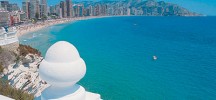
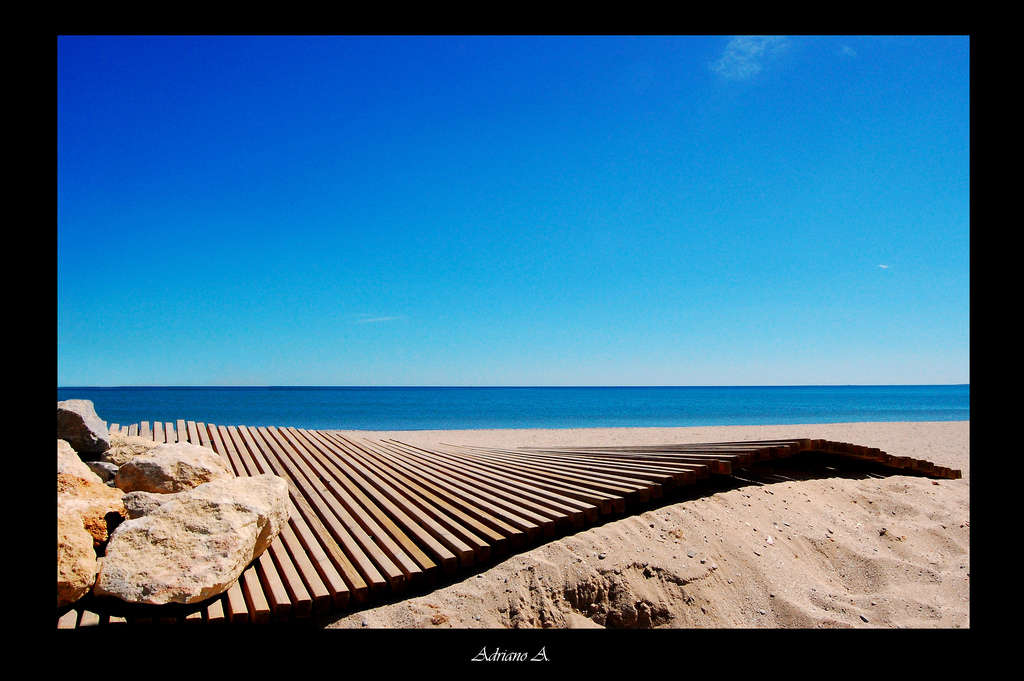
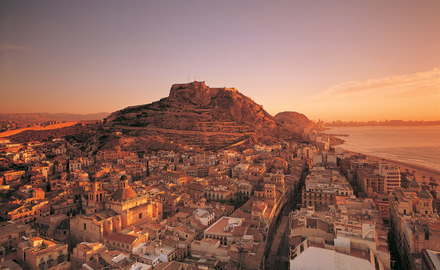
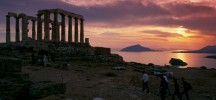
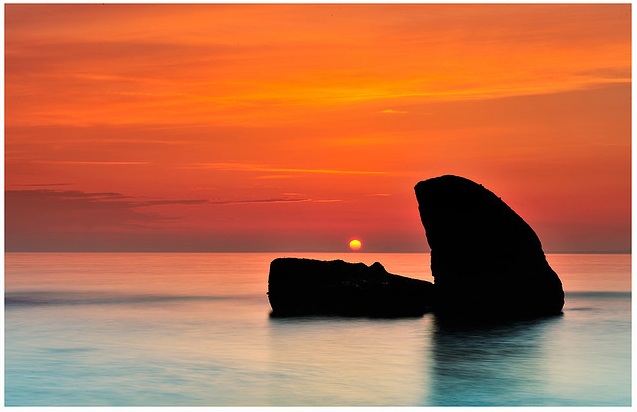
thanks!!!
will fix that.